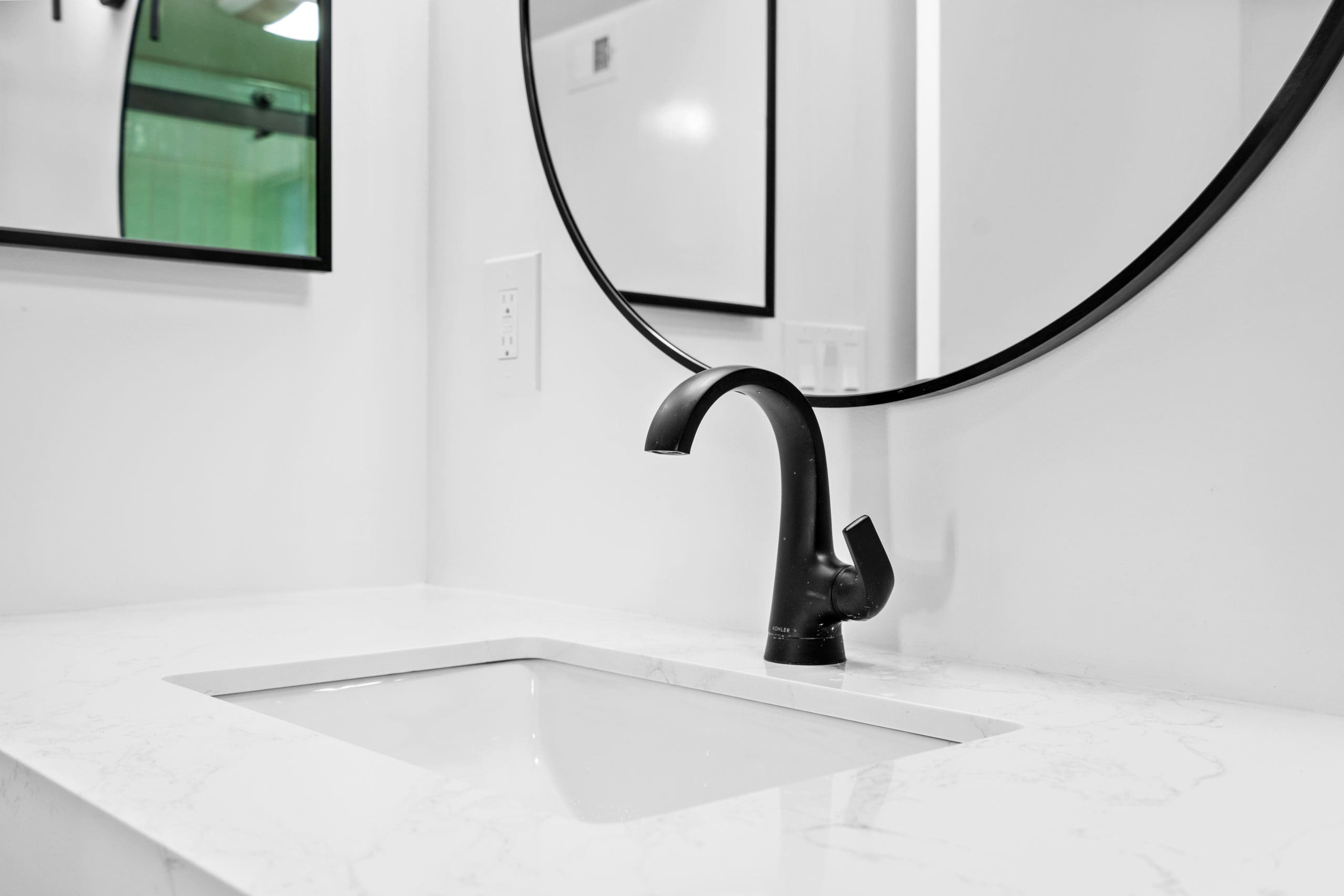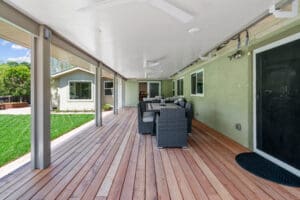All You Need To Know About Earthquake Proofing Your House
Living in an earthquake-prone region doesn’t mean you have to live in fear. While no structure can be made completely “earthquake-proof,” significant steps can be taken to earthquake-proof your house, dramatically increasing its chances of surviving shaking intact and keeping your family safe. Here’s your essential guide:
Understanding the Goal: Resilience, Not Perfection
“Proofing” implies complete immunity, which isn’t realistic. Instead, we aim for mitigation and retrofitting:
- Mitigation: Reducing non-structural hazards inside (falling objects).
- Retrofitting: Strengthening the building’s structure itself.
The goal is to prevent collapse, minimize severe damage, and reduce injuries from falling hazards.
Key Areas to Focus On:
-
Secure the Structure to its Foundation (Most Critical Retrofit):
- The Problem: In older homes (often pre-1980s), the wooden frame may simply sit on the concrete foundation without being securely bolted. Shaking can cause the house to slide off.
- The Solution: Foundation Bolting & Cripple Wall Bracing:
- Bolting: Anchor bolts are installed through the wooden sill plate into the foundation. Washers and nuts secure it.
- Cripple Wall Bracing: If your house has a short (cripple) wall between the foundation and the first floor (common in houses with crawl spaces), plywood sheathing is added to stiffen these walls and prevent collapse. This is often called a “cripple wall retrofit” or “soft-story retrofit” for the lowest level.
- Why it’s Vital: This is the single most important structural retrofit. If the house slides off its foundation, repairs are often prohibitively expensive, if not impossible.
-
Strengthen Weak Connections:
- Problem: Beams, posts, and floor joists need secure connections to each other and to walls to prevent separation during shaking.
- Solution: Adding metal connectors (like hurricane clips, joist hangers, hold-downs, and tension ties) significantly improves how the frame holds together.
-
Brace Unreinforced Masonry (Chimneys & Walls):
- Problem: Brick chimneys and unreinforced masonry walls are extremely vulnerable to collapse.
- Solution:
- Chimneys: Have a licensed professional evaluate your chimney. Bracing systems or complete removal/replacement with a lightweight metal flue may be necessary.
- Walls: Retrofitting masonry walls is complex and requires engineering. Consult a structural engineer.
-
Mitigate Non-Structural Hazards (Inside Your Home):
- The Threat: Most earthquake injuries are caused by falling furniture, appliances, and broken glass, not building collapse.
- Essential Securing:
- Tall Furniture: Secure bookcases, dressers, cabinets, and TVs directly to wall studs using flexible straps, L-brackets, or earthquake putty. Anchor the top!
- Appliances: Strap water heaters firmly to wall studs (critical to prevent fire, flooding, and gas leaks). Secure refrigerators, ovens, and washers/dryers.
- Overhead Items: Secure heavy light fixtures, ceiling fans, and hanging plants.
- Cabinets: Install child-proof latches or positive-catch latches on cabinet doors (especially those overhead) to prevent contents from spilling out.
- Windows & Glass: Apply safety film to large windows and glass doors. Move beds away from windows.
- Hazardous Materials: Secure chemicals, solvents, and flammable liquids in lower cabinets with latches.
-
Utility Connections:
- Flexible Connections: Ensure your home has flexible connections for natural gas lines and water heaters. A licensed plumber can install a flexible gas line. Water heaters also need flexible water connectors.
- Know Your Shut-offs: Learn where and how to shut off your gas, water, and electricity. Keep necessary tools accessible. Only turn gas back on if you smell gas, hear hissing, or see damage – call the utility company.
The Process: How to Get Started
- Evaluate Your Risk: Determine your home’s age, construction type (crawl space, slab-on-grade, basement?), and location relative to fault lines. Check FEMA’s earthquake hazard maps or local geological surveys.
- Get a Professional Assessment (Especially for Structural Work):
- Structural Engineer: Hire a licensed structural engineer experienced in seismic retrofits. They will identify vulnerabilities specific to YOUR house and design a retrofit plan.
- Specialized Contractor: Use a licensed contractor experienced specifically in earthquake retrofitting. Get multiple bids.
- Prioritize:
- Immediate/DIY: Secure furniture, water heaters, cabinets, and hazardous items NOW. Check/replace fire extinguishers.
- Critical Structural: Foundation bolting and cripple wall bracing are top priorities.
- Other Retrofits: Follow the engineer’s recommendations based on budget and risk.
- Check Insurance: Understand your earthquake insurance coverage (often separate from standard homeowners). Know your deductible and coverage limits. Retrofits may lower your premium.
Important Considerations:
- Cost: Retrofits range from minor DIY costs to tens of thousands for major structural work. Focus on the most critical first. Grants or low-interest loans might be available in some areas.
- Building Codes: Current codes reflect seismic knowledge. Older homes are more vulnerable. Retrofitting brings older homes closer to modern standards.
- “Soft Story” Buildings: Multi-story buildings with large open spaces on the ground floor (like parking or big windows) are particularly vulnerable and require specialized retrofitting.
- Ongoing Maintenance: Periodically check straps and connections.
Peace of Mind is Priceless
Earthquake proofing your house is an investment in your safety, your family’s well-being, and your financial security. Start with the easy, non-structural fixes you can do today. For structural work, consult the professionals. Don’t wait for the next tremor to take action – prepare your house to stand strong.






